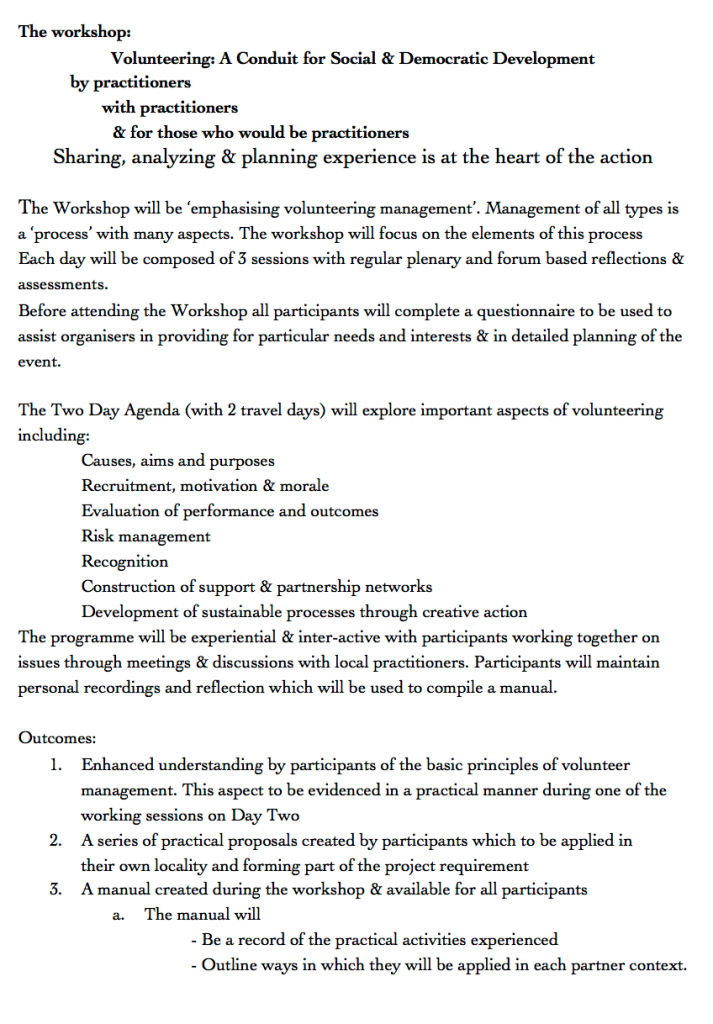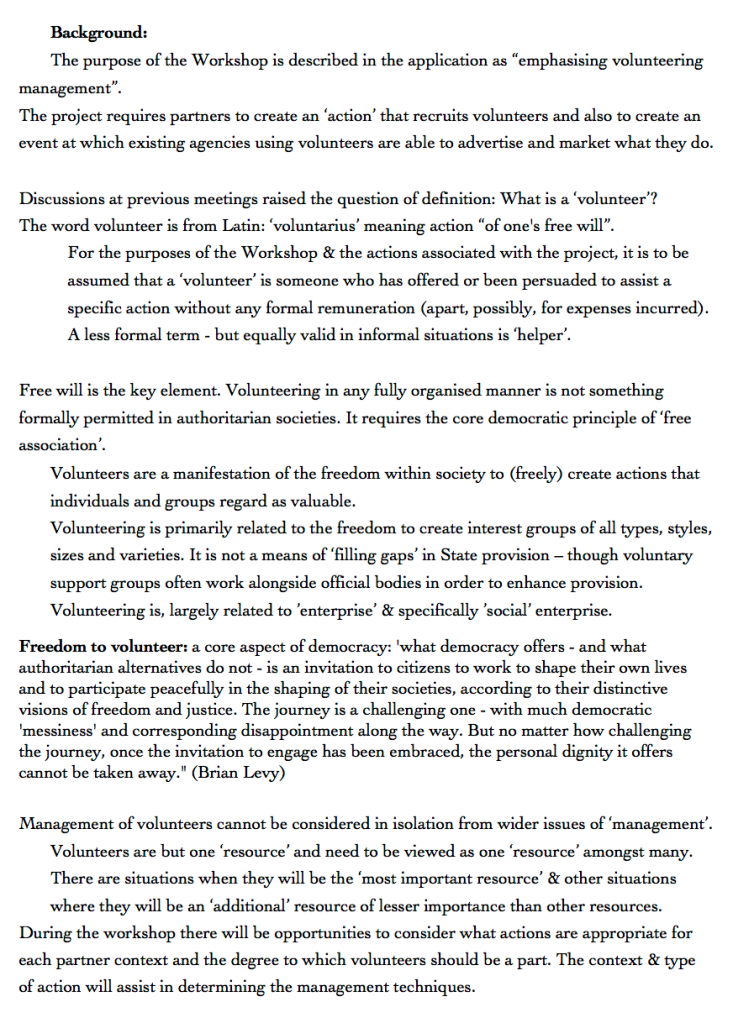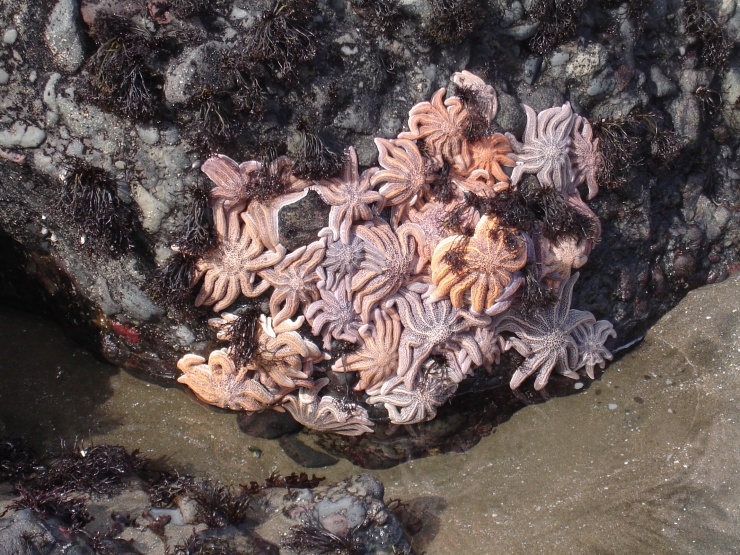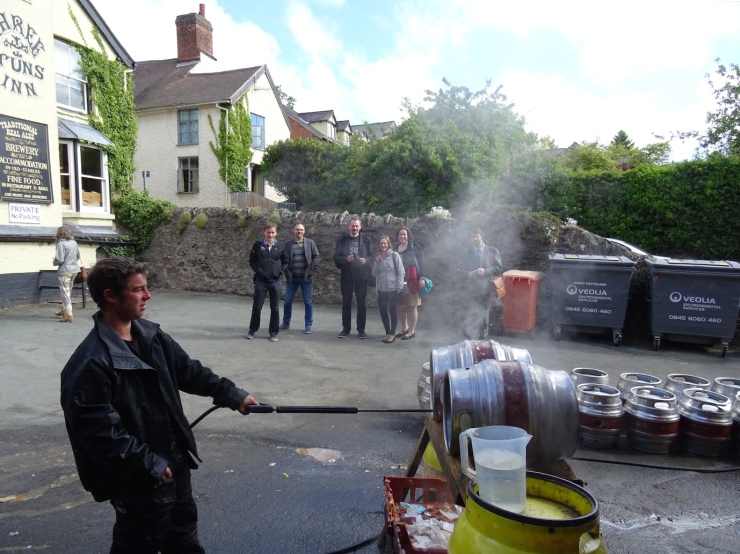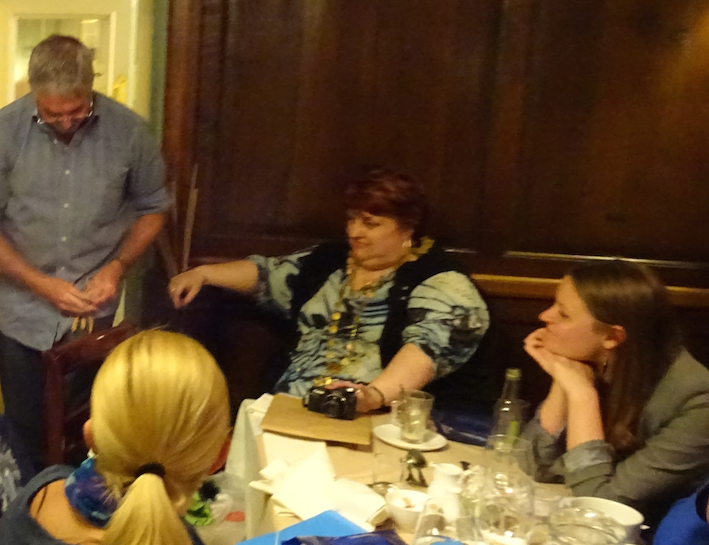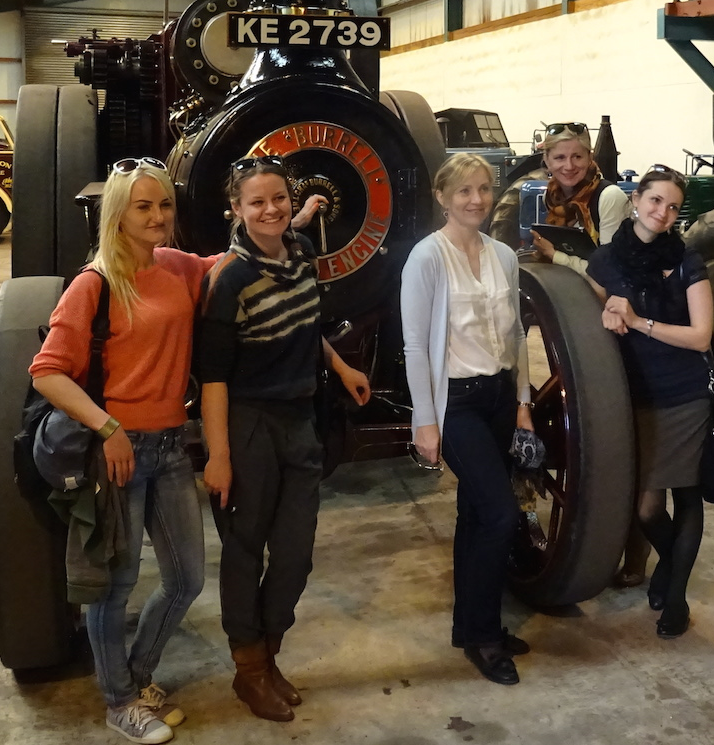
Pathways was responsible for the organisation, management and delivery of a Workshop on Volunteering held in June 2015 in Bishop’s Castle.
Participants are from
Riga, Latvia,
Kaunas, Lithuania
Amsterdam, The Netherlands
Lublin, Poland
Spilinga (Calabria), Italy
The following is taken from the information provided prior to the Workshop.
This page will be gradually updated with information distributed to the project partners.
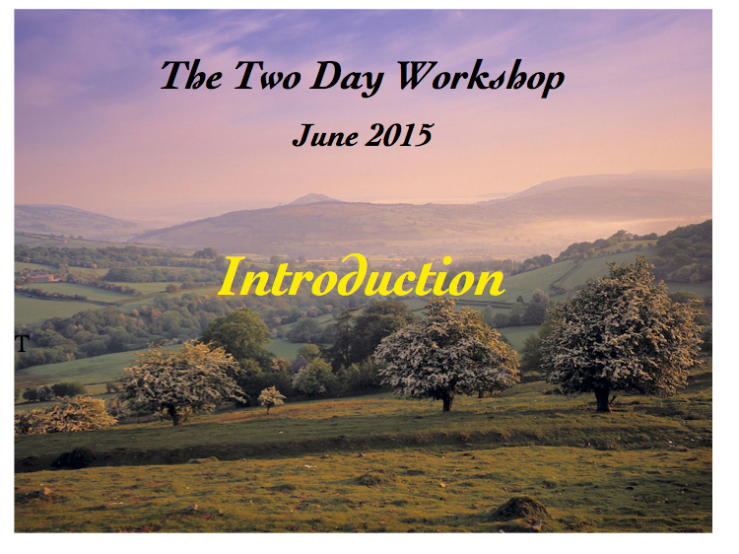

Pathways members are deeply committed to the art and promotion of volunteering – and find a considerable number of ways in which to (voluntarily) express their delight
The Poet Podmore Proclaims Profoundly
Bernard Briefs Briskly

Jacqui & Sandra spend much of their lives being attacked unexpectedly by aggressive trolls

Richard, cricketing hero and legend receives awards at Old Trafford (the ‘other’, cricketing, Old Trafford)
Valerie is only ever truly comfortable when she can ‘step-out’ for the evening and join High Society in manly attire.
Those of you wishing to see a replica of Valerie should pop-along to Burlington Arcade where there are always two similarly dressed gentleman ready to provide you every assistance.
Whilst Dave ‘Dewi Twmp’ Vaughan leads Steve on the renowned ancient traditional Welsh dance:
Y Siffrwd Cymysgydd Concrid

“The Concrete Mixer Shuffle”
Pre-Workshop preparation activities>
All participants were sent the following messages which asked them to perform some simple tasks.
Message One:
Pathways desires to provide as appropriate & effective Workshop as is possible.
- The Workshop will be an ‘active’ & ‘experiential’ process.
- In essence Pathways is providing time, space, & experiences based on the information supplied by partners
The Success of the Workshop depends on the enthusiasm and engagement of the partners and the manner in which participants use the space, time and experiences provided.
- There are three separate preparatory actions for partners to complete (this message contains Activity One – below)
- The activities are designed to assist the Workshop process by asking individuals and groups to engage in ‘background research and analysis of the project aims, purposes & actions.
- Please send results of the preparatory work to this address by Friday 5th June
ACTIVITY ONE:
We suggest that each participant spends a few minutes on this task.
Once completed the result should be recorded retained carefully
Partner groups may wish to share the results and create a group result.
This is easier for some groups than for other.
For example: It would be very difficult for Pathways to produce a group result as the members are physically widely separated.
Humans are social animals.
We create groups & in the modern professionalised world most people belong to or are employed by an ‘organsiation’
TASK
Describe your existing organisation by creating a picture.
Is it animal, plant or physical structure?
Draw the picture, shape or image.
Create a similar picture of what you would like it to be.
Please send results (pictures) to Pathways by Friday 5th June.
The pictures will be used during the Workshop
………………………………………………
Results:
PREPARATORY ACTIVITIES by the team of the University of Latvia to the workshop of the V-Code project. June 2015.
PREPARATORY ACTIVITY 1
TASK: Describe your existing organisation by creating a Picture! Is it animal, plant or physical structure? Draw the picture, shape or image! Create a similar picture of what you would like it to be!
We find our organisation an organic physical structure. Despite its relative hugeness, it is still being able to adapt and change; to be well and highly recognized by inside members and guests.
The picture shows its ability to be so wide and so specific at the same time.
It is one picture after all! But it does consist of many pictures. Still it is united!
We feel sure to say that the place we are now is quite the right place that will lead us where we want to be!

………………………………………….
…………………………………………………………………….
My picture for the workshop is a basket full of ingredients for a delicious picnic.
The organization for wich I work has a lot of expertise and good conditions to work fine. I enjoy it as a good meal!

I would not like to change. Only I would like to have more time to give each volunteer sufficiently attentive. (picture 2)
………………………………………………………
Now:
In future?
………………………………………………………………..
Now:
In future?
1st pic with ants shows how I see my organization. I’m working in NGO for Youth. I’m a part of ”ants” community-team – I’m volunteers coordinator.
This pic shows that we work all together in our team – our vision is – A young person prepared for independent living.
Unfortunately some people (in general) don’t see a meaning why we all need to get together and work for youth. Same as opinion of most of people – ants are small animals they don’t like..
2nd pic – surikata: cute and nice community working together. Surikata are nice, small, funny animals. This community works together all the time, they take care ofeach other, their life looks easy 🙂
……………………………………………………..
Now
Future?
Now
Future
……………………………………………………………………………………………………………………………………………..
Pre-Workshop
Activity Two
In the ‘Introduction’ leaflet already circulated key issues were raised (for discussion)
Resources
Leadership
Planning & Performance (including monitoring)
Please produce a brief group report on each of those aspects:
For this project:
- What volunteering action is being considered/prepared?
2. What resources are available?
What resources will need to be accessed?
How many (inc. percentage) will be volunteers
3. What style of leadership will be appropriate for managing the process?
4. What planning will be required & for how long?
How will the process be monitored & how will the process adjust to the results of the monitoring process?
Please prepare the answers before the Workshop & have them ready for a brief (low-tech) presentation to the other partners
…………………………………………………….
This activity did not require any response before the Workshop – but two partners submitted a response & a member of another made some pertinent comments
PREPARATORY ACTIVITIES by the team of the University of Latvia to the workshop of the V-Code project. June 2015.
PREPARATORY ACTIVITY 2
Please produce a brief group report on the following questions:
Q1. WHAT VOLUNTEERING ACTION IS BEING CONSIDERED/PREPARED?
A1: Presentation of Latvian volunteering organizations and dissemination of their volunteering initiatives; implementation of local (Latvian) volunteering initiative.
Q2. WHAT RESOURCES ARE AVAILABLE?
A2: Contacts of Latvian volunteering organisations, network of experienced volunteers, experience in the organisation of events and project with the involvement of volunteers. Other resources worth to mention are project`s financial resources, University infrastructure to organize and host public events.
Q2.1. WHAT RESOURCES WILL NEED TO BE ACCESSED?
A2.1.: Contacts with media, contacts of Latvian municipalities, accommodation for the events participants.
Q2.2. HOW MANY WILL BE VOLUNTEERS?
A2.2.: Estimated 25-50
Q3. WHAT STYLE OF LEADERSHIP WILL BE APPROPRIATE FOR MANAGING THE PROCESS?
A3: Democratic, Engaging, Flexible (adaptable)
Q4. WHAT PLANNING WILL BE REQUIRED & FOR HOW LONG?
A4: 1 month planning of the detailed content of the event, marketing planning and action planning.
Q4.1. HOW WILL THE PROCESS BE MONITORED & HOW WILL THE PROCESS ADJUST TO THE RESULTS OF THE MONITORING PROCESS?
A.4.1. Executive team will have regular face-to-face meetings and constant communication among then (emails, skype, phone). The team meeting agenda will include progress report according to the goals set earlier, tasks and planned operational activities.
……………………………………………….

…………………………………………………………………………
A comments:
A voluntary practice. Some considerations from Amsterdam.
Finding new volunteers is one thing but an other is how to thank them and specially how to bind them to your organization. Especially in a time in which active citizenship is stimulated, voluntary practice seems to experience more and more competition.
Food for thought:
- How can you thank a multi formal group? Considering that volunteers can diver dramatically in age, class, education and reason to volunteer.
- How to delimit your event when an organization spans different projects and targets?
- When teaming up with different organizations in the event, how to prevent that we create an ambiance of fear for losing volunteers to other organizations?
- How can we involve volunteers in planning the event? How can they play a role in activating others?
We were thinking of the theme Happiness. This connects to Jaap his theatre show.
……………………………………………………………………………………………………………………….
The Workshop preparations also also produced some documents designed to assist the overall process
1. A document about leadership and consensus decision making processes
2. Results of a survey conducted amongst those involved in the whole process (not simply attendees at the Workshop)
3. Extracts of information relating to good practice
…………………………………………………………..
The Workshop
impressions, notes
&
Decisions
The following are the notes produced at the end of the Workshop and set out, in simple summative terms & with an outline timetable, the intentions of each partner.
Lithuania:
Activity: 3 months student action with celebration
1. Meeting – share responsibilities – June
2. 2 weeks promotion
3. Present possibilities
4. Actual volunteering
5. Report back
6. Celebration December 5th
Netherlands
A single multi-agency ‘Thank You’ event for volunteers organised by all the voluntary agencies represented in the project
1. Meeting in July – which project?
2. July – Sept Collect volunteers and consider possibilities
3. Limit number of meetings – use internet
4. September: issue invitations
5. November – event
Italy
Local Exhibition
1. Write project
2. September – public meeting, attract volunteers
3. Assign roles & responsibilities
4. Locate finance
5. November – start project (to last 12 months)
Latvia:
A conference presenting & analysing information about the volunteering process (distinct from the ‘Fair’ which will promote existing voluntary agencies)
July: context analysis, legal, financial etc
2. August: meeting counterparts, ngo-s, etc
3. September draft programme
4. Budget
5. Start promotional activity
6. Conference end of October
7. Publicity thereafter
Poland:
Activity: to become an Umbrella Agency encourage voluntary inititiatves
August: meetings, prepare offer, negotiate with officials
September: phase 2 implementation
Recruit volunteers
Initiatives in city (e.g. Litter collection)
End of year: budget
Evaluation – sustain activity
UK
Activity: A series of heritage related activities associated with rural communities.
July: Initial planning with Pathways and other representatives agreeing dates & resource requirements
August: confirm participants and number of events
September: advertising events
October – February: delivery period
………………………………………………………….
Workshop Activities
Day One
Arrivals:
Welshpool station & the first bi-lingual signs (we suspect that the arrow by ‘Ffordd Allan’ covers the face of Jaap!)
Dinner at the Boar’s Head
with Stuart in charge
Day Two
Our working venue was in the Bishop’s Castle Assembly Room
which just happens to part of a pub and brewery complex.
Henny created a collage which captures some of that context …..
and she kindly wrote:

Day Three
The day focused on gathering information about Bishop’s Castle, presenting the information & then producing a workable plan for the development of the project in the varied partner localities.
For some he day began at Broughton Farm, the oldest residence used by the Workshop – a C15th Hall House in the Welsh Style. Not obvious from the outside but internally a place of ancient wooden structure that represented a transitional architecture…. and was probably the residence of an important local ‘notable’.
A perfect location for two important Lithuanian University teachers
Extras
Passions:
The following pictures may be regarded as extra background to the Workshop.
However they are examples of the cultural background in which people have developed a wide range of activities none of which involve personal financial gain.
Whilst they may be called in a formal manner, ‘voluntary activities’ the people who engage in these activities do not think in such terms.
They perform their tasks, accept the responsibilities that accompany the activities simply because they are free to engage in developing their passions – as in these two examples, – as community leaders or as preservers of heritage.
These voluntary activities cannot be manufactured, they grow organically, nurtured over many years (and often requiring a continual struggle against restrictive authority).
The spirit of freedom, manifest in voluntary action, requires & encourages passion.
A Civic Event: Bishop’s Castle annual Mayor-Making.
A Private Passion that also supports the community
Visit a Heritage & Volunteering Fair
located in the Grade II* listed and recently renovated Town Hall.
Bishop’s Castle Town Hall
The Heritage & Volunteering Fair
located in the Grade II* listed and recently renovated Town Hall. Up to 12 local heritage organisations will showcase what they do and promote the unique venues they care for. They will illustrate the work of their existing volunteers and publicise new opportunities and projects. The organisations will be encouraged to add interactive elements to their displays – such as objects to handle, quiz sheets and trails to follow.
On Sunday a Heritage Exhibition will be added in the Council Chamber, featuring aspects of the Town Hall’s 250 year history.
Event not suitable for children under the age of 8.
Opening Times
Saturday 12 September: 1000-1400
Sunday 13 September: 1400-1700
Access
Though fully accessible, the Town Hall is on a 1 in 6 hill, so the approach is difficult if using a wheelchair. There is a dropping off point adjacent to the basement east side entrance which gives access to the lift and 3 internal toilets, including one which is fully accessible. There are 2 public toilets on the opposite side of the building. Parking near the Town Hall is limited to 1 disabled parking space below the Town Hall and on street space as available. There are 2 car parks within 250 metres downhill and there are no on street parking restrictions.

